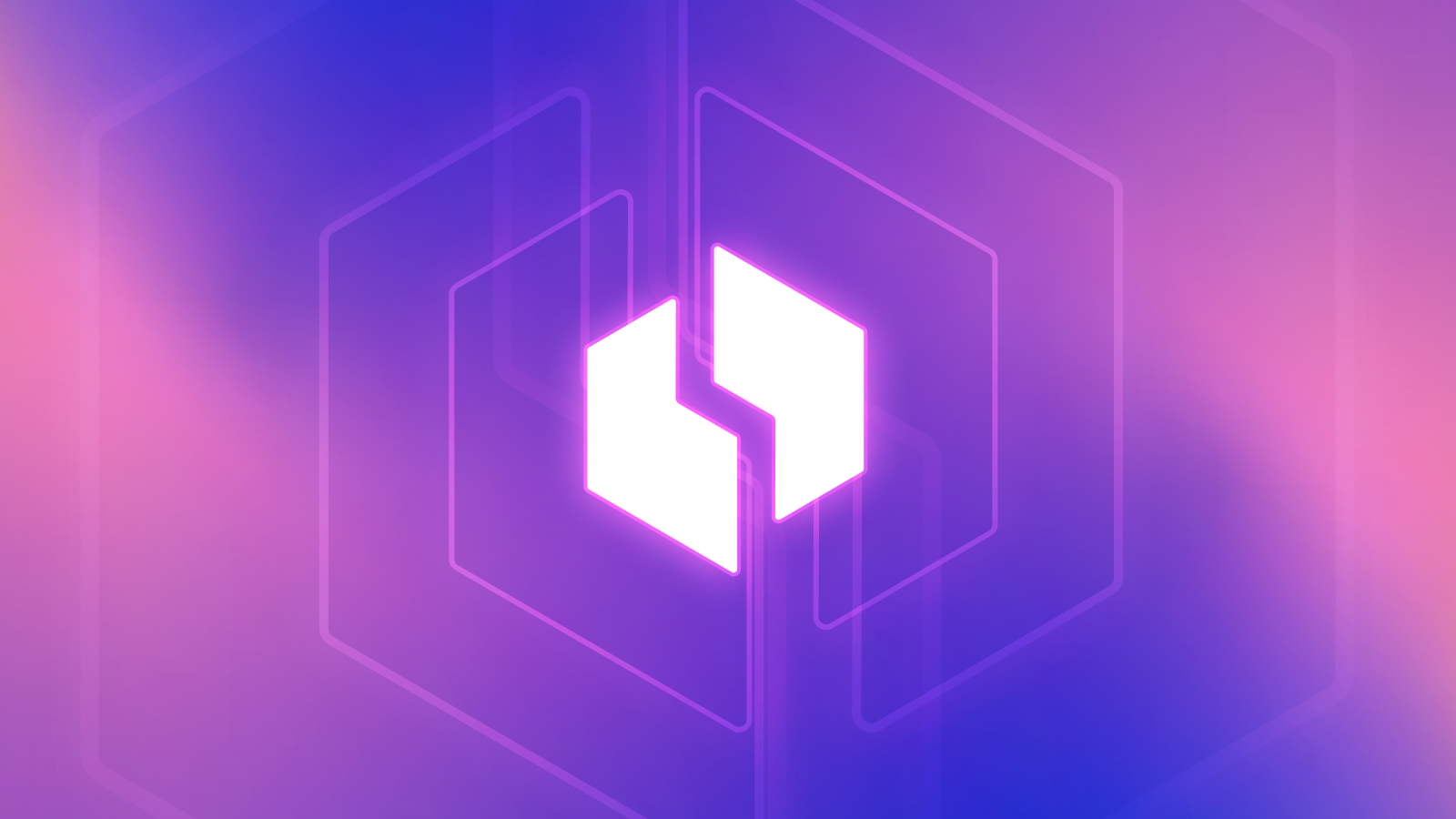Filecoin Shows Resilience Amid Market Downturn

On December 20, 2024, the cryptocurrency market faced a significant downturn, resulting in $1.18 billion worth of liquidations. Despite this trend, Filecoin (FIL) has shown resilience, with 75.71% of top traders on Binance maintaining long positions. The token’s ability to hold above the 200 Exponential Moving Average (EMA) is crucial, as analysts predict a potential 40% surge to the $7 mark if it can sustain this support level. Currently, FIL is trading around $4.71, having experienced a decline of over 16.5% in the last 24 hours.
The interest from larger investors, or whales, has been notable during this market dip. According to on-chain analytics firm Coinglass, there has been a significant outflow of $13.85 million worth of FIL from exchanges, indicating that long-term holders are accumulating the token. This trend suggests a bullish sentiment among investors, as they withdraw their assets from exchanges to secure them in personal wallets. The FILUSDT Long/Short Ratio on Binance stands at 3.12, further reflecting the strong bullish sentiment among traders.
Technical analysis indicates that FIL has successfully retested the 200 EMA support level, which is a positive sign for potential upward movement. If the token can maintain its position above $4.75, it may see a rise to $7. However, if it falls below the 200 EMA and closes a daily candle under $4.70, a further decline of approximately 30% could be expected. The recent increase in trading volume by 14% during this period highlights the heightened participation from traders and investors, suggesting that the market remains active despite the overall downturn.
Related News





